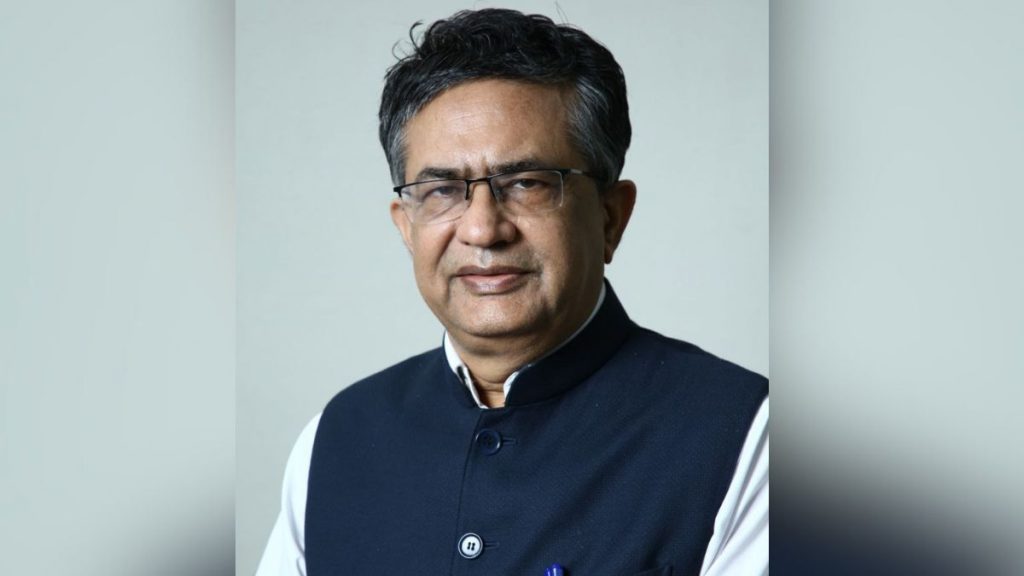The interim Union Budget of India for the Financial Year 2024-25 is a comprehensive plan aimed at fostering economic growth while exercising fiscal restraint. The Budget points to four major ‘castes’ – the poor, the farmers, the women, and the youth of the country, and correctly considers their needs and welfare as the highest priority. It is set against the backdrop of a global economy struggling with inflation, high-interest rates, low growth, and high public debt. India has successfully navigated these challenges, showing resilience in the face of crises related to food, fertilizer, and fuel, and has put forth solutions for global problems.
The budget also demonstrates the government’s focus on fiscal consolidation, with a reduction in the fiscal deficit to 5.8% for FY24 vs. a budgeted 5.9%, a further reduction to 5.1% for FY25, and aims to reach a target of below 4.5% by FY26. This is a significant move given that the nominal growth for the current year stands at 9% versus the budget estimate of 10%. Capital expenditure is notably high, with an increase of 16.9% to a record ₹11.11 lakh crore, accounting for 3.4% of the GDP. This is the highest in 26 years and implies a compound annual Growth Rate (CAGR) of 27% over the last five years in capex, which now comprises 23.3% of total expenditure, indicating the government’s commitment to enhancing public infrastructure.
The budget maintains policy continuity in areas like housing and infrastructure ensuring a stable environment for investment and growth. Over three crore houses have been made under the PM AWAS Yojana, with a plan to add a further two crores over the next five years. This is part of a larger vision for empowerment over entitlement, shifting the focus from mere poverty alleviation to enabling participation in the development process.
Beyond housing, there is a clear focus on improving logistics, reducing costs, all with a clear intent on ‘Atmanirbharta’ or self-reliance. For instance, the Vande Bharat trains exemplify the high-speed connectivity initiatives that promise efficiency at a lower cost due to its indigenous build. Through the aim of involving households in the energy transition process, the Budget proposes to exploit India’s high insolation levels to boost solar energy production.
On the external front, India’s growth trajectory and unique positioning has contributed to the inflow of nearly USD 600 billion in foreign direct investment over the past decade, signalling investor confidence in India’s economic stability and growth potential. The market performance has been a testament to this, with the Nifty50 Index growing by 257% and generating a CAGR of 14% in the last decade. India’s growth trajectory has historically been services-led, with hopes now pinned on manufacturing due to schemes like the Production-Linked Incentive (PLI). In this context, the budget reiterates the government’s commitment to research and development (R&D) and innovation, as encapsulated in “Jai Jawan, Jai Kisan, Jai Vigyan, and Jai Anusandhan.”
Beyond FDI and Services, there is also a noted increase in remittances, indicating a shift from low to high-paying jobs and a richer engagement of the diaspora in the country’s economy.
While there were no tax changes in an interim budget, the tax regime has now been refined over the years, with both direct and indirect taxes rationalized to provide certainty for future investments, particularly to foreign investors. The results are there to see—the direct tax/GDP ratio at 6.6% is the highest since the 1980s.
In conclusion, the Indian Union Budget for FY 2024-25 represents a continuation of the Hon. PM’s strategic vision for the nation’s growth, emphasizing infrastructure development, fiscal consolidation, and social empowerment. It aims to ensure economic stability and growth while providing a welfare umbrella for the Indian population, a must-have for any developed nation today. The Budget builds on the foundation for the country to navigate the complexities of the global economic landscape during our country’s ‘Kartavyakaal’ in the coming years and achieve a ‘Viksit Bharat’ by 2047.

